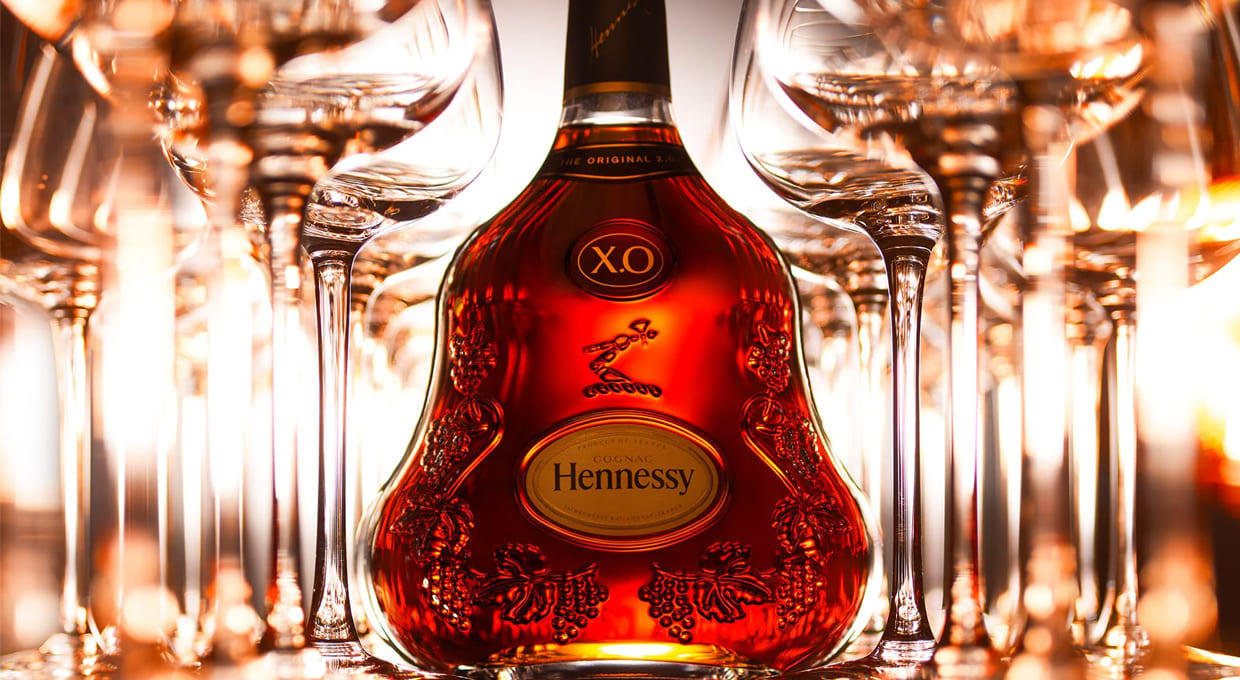Checkout using your account
Checkout as a new customer
Creating an account has many benefits:
- See order and shipping status
- Track order history
- Check out faster
Cognac
Looking for Cognac? Tasting Collection has a very big selection of the best Cognac brands. From the biggest most famous Cognac houses to the smallest special cognac houses.

Cognac
A wide range of Cognac
It is not at all that complicated to make cognac. Good cognac? That's another story. Many cognac brands boast centuries of experience in making this wonderful beverage. And you can taste that experience. The cellar masters of both large and small cognac houses are absolute craftsmen and women. They understand their craft like no other and know exactly how to make a flavorful cognac. An excellent sense of smell and taste is an absolute must.
If you are a lover of cognac, then Tasting Collection is the place to be. Even beginning cognac drinkers can come to us with confidence. You will find a wide range of all kinds of cognac brands: from the big names to the artisanal châteaux. With just a few clicks, you travel to the famous Cognac region in southwestern France. Over 35,000 vintners operate there, about 2,000 of whom are licensed to distill. Making cognac is in these farmers' blood. It is an art often passed down from generation to generation.
This is how cognac is made
Although there are more than 300 cognac houses, the bulk of the wine is produced by farmers. The distillation of that wine then takes place in an Alambic Charentais (named after the Charente River that flows through the region). That apparatus has changed very little since the Middle Ages. But according to legal regulations, that type of still must be used, otherwise the end result may not be called cognac. Cognac is distilled twice. From the second distillation, only the middle part is then used to make cognac. This is the heart of the distillate and is also called repasse.
Cognac is aged in oak barrels made from trees from the nearby forests of Limousin and Tronçais. Limousin oak contains more tannins, while Tronçais oak is more aromatic. Cognac must be aged in oak for at least two years, but usually much longer. Some cognacs are many decades old. What are all the different kinds of Cognac? The French have devised a special way to indicate age.
- VS = at least 2 years old and means Very Special
- VSOP = at least 4 years old and means Very Superior Old Pale
- XO = at least 10 years old and means Extra Old
The six cognac regions
Cognac is a region in France and only there may the beverage of the same name be made. But that region, in turn, is divided into six other regions. This division was made on the basis of soil composition. After all, the soil has a great influence on the taste of the grapes and therefore also on that of the cognac. One region is held in higher esteem than the other, but in fact it is also a matter of taste. Which region suits you? Below is what the characteristics of the different regions are:
- Grande Champagne: This sub-region has the highest lime content and is the most prestigious region. Cognac from this region is smooth, has a rich bouquet and a pleasantly mild taste.
- Petit Champagne: although this does not always have the same finesse as cognac from Grande Champagne, it is still a tremendously high-quality drink.
- Borderies: this is the smallest area. The soil contains a lot of clay and boulders. Here, beautiful round cognacs are made with a floral bouquet.
- Fins Bois: the soil is very similar to that in the Champagne regions. In general, cognac matures quickly. The influence of the grapes is easy to taste.
- Bons Bois & Bois ordinaires: in these areas you will find a lot of sandy soil. Even some islands fall within these two sub-regions. Solid cognacs are made here.
The label of a bottle of cognac usually indicates which region it comes from. Sometimes you will also come across the term Fine Champagne. This type is made from cognac from both Grande and Petit Champagne. Is there no sub-area on the label? Then most likely cognac from multiple areas has been used.
Buy cognac online
With the large selection of Tasting Collection you will always succeed. Take your time to store in our webshop and take advantage of our favorable prices. When you have found your favorite, ordering is a breeze. We will, of course, make sure you get your cognac quickly. Want to learn everything about Cognac?












